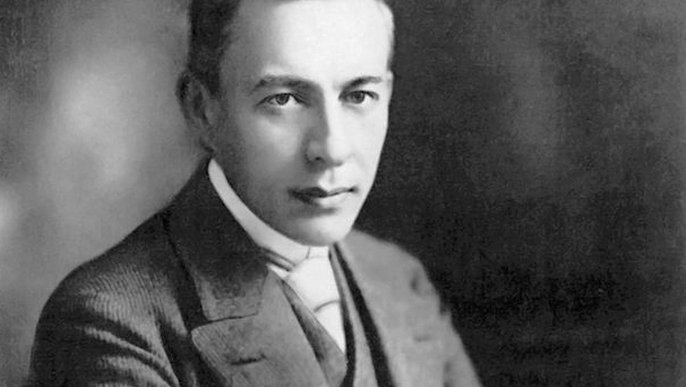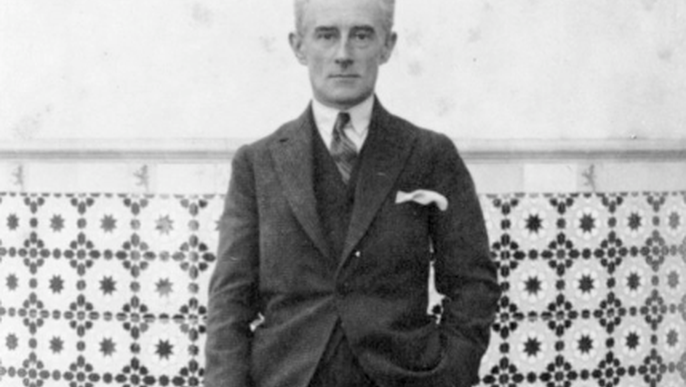Concert stream available until 20 August 2021.
The Artists
»I want to make music that people remember – not because I had such nimble fingers, but because the music was so moving.« Thus Claire Huangci, who played for Bill Clinton when she was a child and moved from her native Philadelphia to Hanover aged 17 to study piano there. This turned out to be »the best decision of my life«: today, 13 years later, the American pianist with Chinese roots appears at leading chamber music venues from New York to Hamburg, and has walked off with a whole number of major prizes.
Alexei Volodin has likewise played his way into important concert halls all over the world with his brilliant technique and sensitive touch. »He can make the piano roar without the sound getting rough«, as the music magazine Bachtrack puts it. Like Huangci, the pianist from St. Petersburg once won first prize at the prestigious competition »Concours Geza Anda«; his repertoire ranges from Beethoven and Brahms to Medtner, Scriabin and Gershwin.

The Programme
Wolfgang Amadeus Mozart (1756–1791)
Sonate D-Dur KV 375a für zwei Klaviere (1781)
Sergej Rachmaninow (1873–1943)
Suite Nr. 1 op. 5 »Fantaisie-Tableaux« für zwei Klaviere (1893)
Suite Nr. 2 op. 17 für zwei Klaviere (1901)
Maurice Ravel (1875–1937)
La valse / Poème chorégraphique (Fassung für zwei Klaviere) (1920)
The Music :Music for four Hands
Vor allem im 19. Jahrhundert vertrieb man sich in bürgerlichen Haushalten die Zeit mit Haus- und Kammermusik. Besonders beliebt: Klavierstücke zu vier Händen, komponiert für ein oder zwei Tasteninstrumente – »die intimste, bequemste und in ihrer Begrenzung vollständigste Form häuslichen Musizierens«, wie der große Musikkritiker Eduard Hanslick einmal bemerkte. Claire Huangci und Alexei Volodin präsentieren einige der schönsten Stücke aus diesem Repertoire vom 18. bis ins 20. Jahrhundert.
-
Wolfgang Amadeus Mozart: Sonata in D major, K. 375a
Wolfgang Amadeus Mozart is generally regarded as the founding father of the piano duet. He wasn't the first composer to write for four-handed piano, but it was his mature works that really established the genre. One absolute pièce de résistance is the virtuoso Sonata K. 375a for two pianos. Mozart first performed it in 1781 together with his gifted pupil Josepha Auernhammer, a well-known pianist in Vienna at the time who remained one after she married: in those days, something of a rarity. »The girl is a monster«, Mozart wrote to his father, »but her playing is a delight«.
Mozart makes such sophisticated use of the two pianos in this sonata that together they produce a tremendous volume of sound. The fanfare-like opening, brimming with chords and trills in four registers, seems nothing short of orchestral. As the piece proceeds, the two pianos indulge in virtuoso cooperation and competition, imitating one another, chasing each other and passing fast runs to and fro. Only the intimate, songful middle movement offers a peaceful respite.

Wolfgang Amadeus Mozart, 1777 © Museo internazionale e biblioteca della musica Bologna -
Sergei Rachmaninov: Suite No. 1 / Suite No. 2
The two suites by the great Romantic pianist and composer Sergei Rachmaninov form the centrepiece of the concert. The first suite, entitled »Fantaisie-tableaux«, wanders dreamily through four movements with meaningful titles, each of which is based on a poem. »Barcarolle« paints a picture of a gondola gliding across the water; in »Die Nacht, die Liebe« (Night, Love) two lovers are accompanied by a nightingale. »Tränen« portrays the tears of the title in a descending melody that is present throughout, before joie de vivre returns in »Ostern« (Easter) with old Russian Easter hymns and peals of bells.
Like its predecessor, the second suite runs through a wealth of different characters, from a march to an effervescent waltz, from the deeply emotional Romance to a demonic tarantella.

Sergej Rachmaninow (1901) © Mario Nunes Vais -
Maurice Ravel: La valse
The concert comes to an end with Ravel's famous »La valse« in an arrangement for two pianos. The French composer originally wanted to write a »big waltz« entitled »Vienna«, »a kind of tribute to the great Johann Strauss.« But when the First World War broke out in 1914, the patriotic Ravel dismissed the idea – after all, as an Austrian Strauss belonged to the enemy camp.
After the devastating war had come to an end, Ravel returned to the piece. He described the music thus: »Couples dancing a waltz can just be made out through swirling clouds. An imperial court circa 1855«. But soon enough the waltz fades, to be overlaid by military rhythms, sombre masses of sound and impressionistic harmonies. At the end, the activity comes to an abrupt end. It is quite possible that Ravel was reviving the old Europe one last time with this cryptic caricature of the Viennese waltz – before bearing it to a musical grave.

Maurice Ravel in Malaga (1928) © Bibliothèque nationale de France
About The Concert at the Elbphilharmonie
- Vorplatz der Elbphilharmonie
Live from the Recital Hall: Claire Huangci / Alexei Volodin
Elbphilharmonie Concert Cinema on the forecourt
Past Concert




